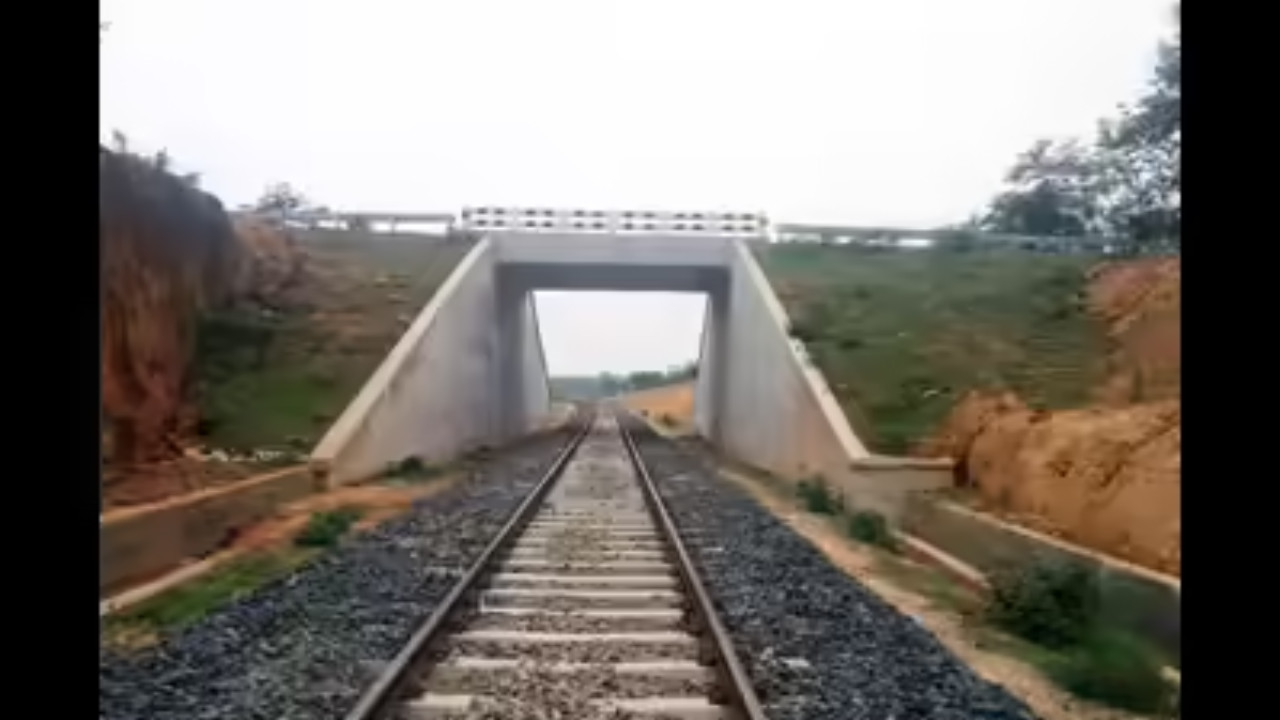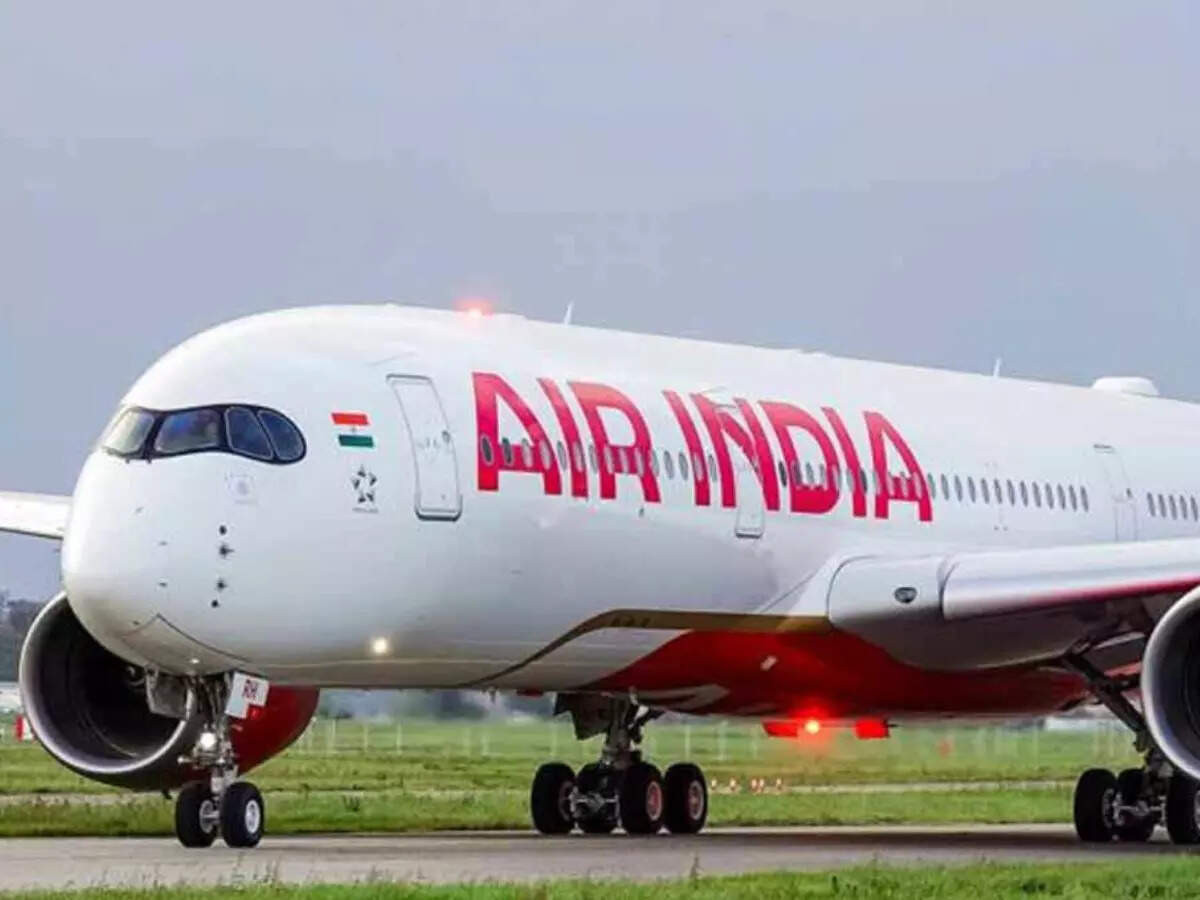Paving the Way: How India’s Infrastructure Boom is Changing the Game
India’s infrastructure is undergoing a massive transformation, and the numbers tell a compelling story. Forget incremental progress; we’re talking about a seismic shift fueled by record-breaking capital expenditure in critical sectors. The first half of the fiscal year has seen the Road Transport & Highways Ministry and the Railway Ministry collectively pour over ₹3.1 lakh crore into ambitious projects. This isn’t just about laying down asphalt and tracks; it’s about laying the foundation for a new era of economic growth and connectivity.
So, what’s driving this unprecedented investment? Simply put, India understands that robust infrastructure is the backbone of a thriving economy. Efficient transportation networks reduce logistics costs, connect producers with consumers, and unlock the potential of previously isolated regions. The government’s commitment is reflected in the scale of these investments, signaling a long-term vision for a more connected and prosperous nation.
A Deep Dive into Record Capex Figures
The ₹3.1 lakh crore figure is truly staggering. To put it in perspective, that’s a monumental leap compared to previous years, representing a significant acceleration in project execution. This surge in spending isn’t just about allocating funds; it’s about effectively deploying them on the ground, pushing projects forward, and delivering tangible results. The impact is already being felt, with visible progress on highways, railway lines, and freight corridors across the country.
The lion’s share of this expenditure has been directed towards high-impact projects designed to alleviate bottlenecks and enhance connectivity. We’re talking about strategic highways that slash travel times, dedicated freight corridors that streamline goods movement, and modern railway lines that improve passenger experience and freight capacity.

The Ripple Effect: Economic Growth and Job Creation
The impact of this infrastructure push extends far beyond the immediate benefits of improved transportation. These massive projects are acting as catalysts for economic growth, spurring demand for raw materials, creating jobs, and attracting private investment. The construction sector, in particular, is experiencing a boom, providing employment opportunities for millions of people.
Furthermore, improved connectivity will boost trade and commerce, making it easier for businesses to access markets and reducing transportation costs. This, in turn, will lead to increased competitiveness and greater economic activity across the country. The rural economy is also poised to benefit, as better infrastructure links farmers to markets and opens up new opportunities for economic development.
Modernizing Railways: A Key Priority
The Railway Ministry is playing a pivotal role in this infrastructure revolution, with substantial investments directed towards modernizing the rail network. This includes upgrading existing lines, constructing new ones, electrifying routes, and introducing modern rolling stock. The goal is to create a railway system that is not only more efficient and reliable but also more environmentally sustainable.
Dedicated freight corridors are a key component of this modernization effort, designed to decongest existing lines and accelerate the movement of goods across the country. These corridors will significantly reduce transit times and lower logistics costs, making Indian businesses more competitive in the global market. This focus on capex underscores the government’s commitment to long-term infrastructure development.
Challenges Ahead: Sustaining the Momentum
While the progress made so far is commendable, it’s crucial to acknowledge the challenges that lie ahead. Maintaining this momentum requires continued focus on efficient project management, transparent procurement processes, and effective coordination between different government agencies. Addressing land acquisition issues and environmental concerns remains critical to ensuring that projects are completed on time and within budget.
It’s also vital to attract private investment to supplement public funding. Public-private partnerships can play a crucial role in accelerating infrastructure development and ensuring that projects are financially sustainable. Furthermore, embracing new technologies and innovative construction techniques can help to improve efficiency and reduce costs. Consider, for example, how related companies in the construction and materials industries, discussed [here](/related-blog-post), will benefit from this sustained investment.
The Road Ahead: A Brighter Future for India
India’s infrastructure transformation is a work in progress, but the progress made in recent years is undeniable. The record capital expenditure in the Road Transport & Highways Ministry and the Railway Ministry is a testament to the government’s commitment to building a more connected and prosperous nation. By continuing to invest in infrastructure, India is laying the foundation for sustained economic growth and a brighter future for its citizens. The focus on strategic projects and efficient execution will be crucial in realizing the full potential of this infrastructure boom. The sustained level of capex is not just a fiscal achievement; it’s an investment in India’s future.







